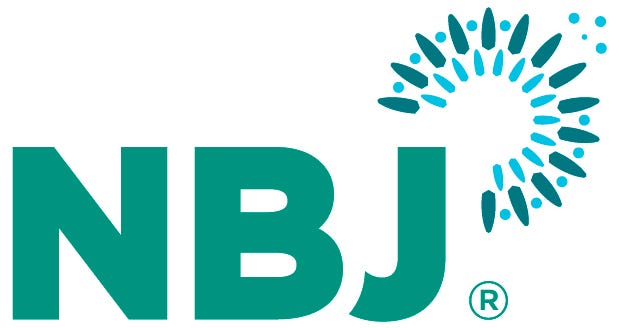
There was a time when the idea behind meal replacement for many consumers was something to help them lose weight, but there’s a new niche emerging of products to help them while they’re losing weight—something to make sure they’re getting enough nutrients and to help them tolerate the experience of being on Ozempic and other GLP-1 drugs.
We’ve already seen meal replacement heavyweight Abbott get into the game with its Protality shakes and, more recently, Herbalife entered the fray with a GLP-1 Nutrition Companion set. More are bound to come.
This niche is not something the Nutrition Business Journal analysts have tracking data on yet, but we do know the meal replacement market is one that seems an ideal fit for the weight-loss pharma revolution. It’s also a market where innovation can be scarce, and a new population of people with enough disposable income to afford co-pays on Ozempic and the like would be good news.
After growth shot up in the panic that greeted people when they climbed out of lockdown and realized that much like the "Freshman 15," the “COVID 10” was no joke, the weight-management meal-supplement market, which topped $6 billion for the first time in 2023, has settled into the mid-single-digit growth. The NBJ model projects that growth could accelerate over the next several years, but the impact of weight loss pharma is a difficult one to predict. The expected market size of $7.8 billion in 2028 could easily prove conservative.
The challenge for brands courting Ozempic users may not be simple. Convincing people who have lost their appetite to go out and buy your product is no small feat. But early findings from NielsenIQ indicate that the convenience factor is already a winner. Early adopters in the Ozempic age are spending more than might have been expected in convenience stores, for instance. People who don’t want to spend much time on their food seem like an ideal customer for meal replacement.
On the other hand, we also know that we are only seeing the first wave of weight-loss pharma users now. As price and access adjust, new populations with new needs and tastes could emerge.
These are important matters for makers of meal replacement shakes and mixes to think about as they develop their products and position their value. Taste and mouth feel may matter more to these consumers than any group that came before, but finding the right pitch on health and wellness to a pharma-friendly demographic will also be important.

Learn more about the ways weight-loss drugs are impacting the nutrition industry in the NBJ Sports Nutrition and Weight Management Report 2024.
About the Author
You May Also Like




.png?width=700&auto=webp&quality=80&disable=upscale)

